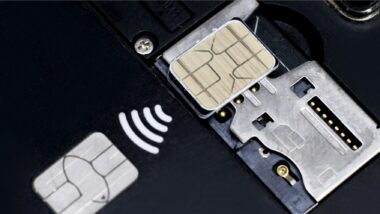As this year’s Mobile World Congress has once again shown, the appetite for mHealth applications and devices shows no signs of abating. One of the most talked-about launches of the entire event has been Samsung’s Gear 2 and Gear 2 Neo smart watches, which now include pedometers and other technology to measure sleep and fitness.
As a global society, the vast majority of us are more concerned with our health than in the past, and this is why mHealth is a growing industry. In the run-up to MWC, telecoms blogger Ric Ferraro asked us this question:
“What KPIs would you recommend measuring to allow companies to clearly demonstrate the ROI from M-Health or TeleMedecine solutions that use technology to bring professional healthcare to peoples´ homes?”
As with any healthcare product, system or procedure, the success of mHealth will ultimately be measured by the benefits it brings to patients. In this sense, the most important ‘KPIs’ will be longer, happier, healthier or more independent lives.
However, there have been other studies into how mHealth could deliver ROI. A joint study published in 2013 by the GSMA and PricewaterhouseCoopers estimated that adopting mobile health could save developed countries $400 billion by 2017. In the developing world, the potential for change is even greater given that many developing nations have a more advanced mobile infrastructure than they do fixed-line connections.
The ways in which mobile has the capacity to transform healthcare are manifold, from simple executions such as SMS reminders for patients to take their medication, through to more complex deployments such as remotely monitoring patients for signs of the onset of a serious condition. At both ends of the spectrum, mHealth will be more efficient, as it minimises the need for in-patient hours and allows doctors and hospitals to treat and monitor more people over a wider area.
That mHealth has the capacity to drastically reduce the cost of healthcare provision is not in dispute. However, we will not know the true ROI until we see the positive effect that this technology has on the patients that use it. As those wise old sages in the Monty Python team taught us over thirty years ago in ‘The Meaning of Life’, it’s all very well having many ‘machines that go ping’, but it’s important not to lose sight of the needs of the patient.
[youtube http://www.youtube.com/watch?v=arCITMfxvEc]


